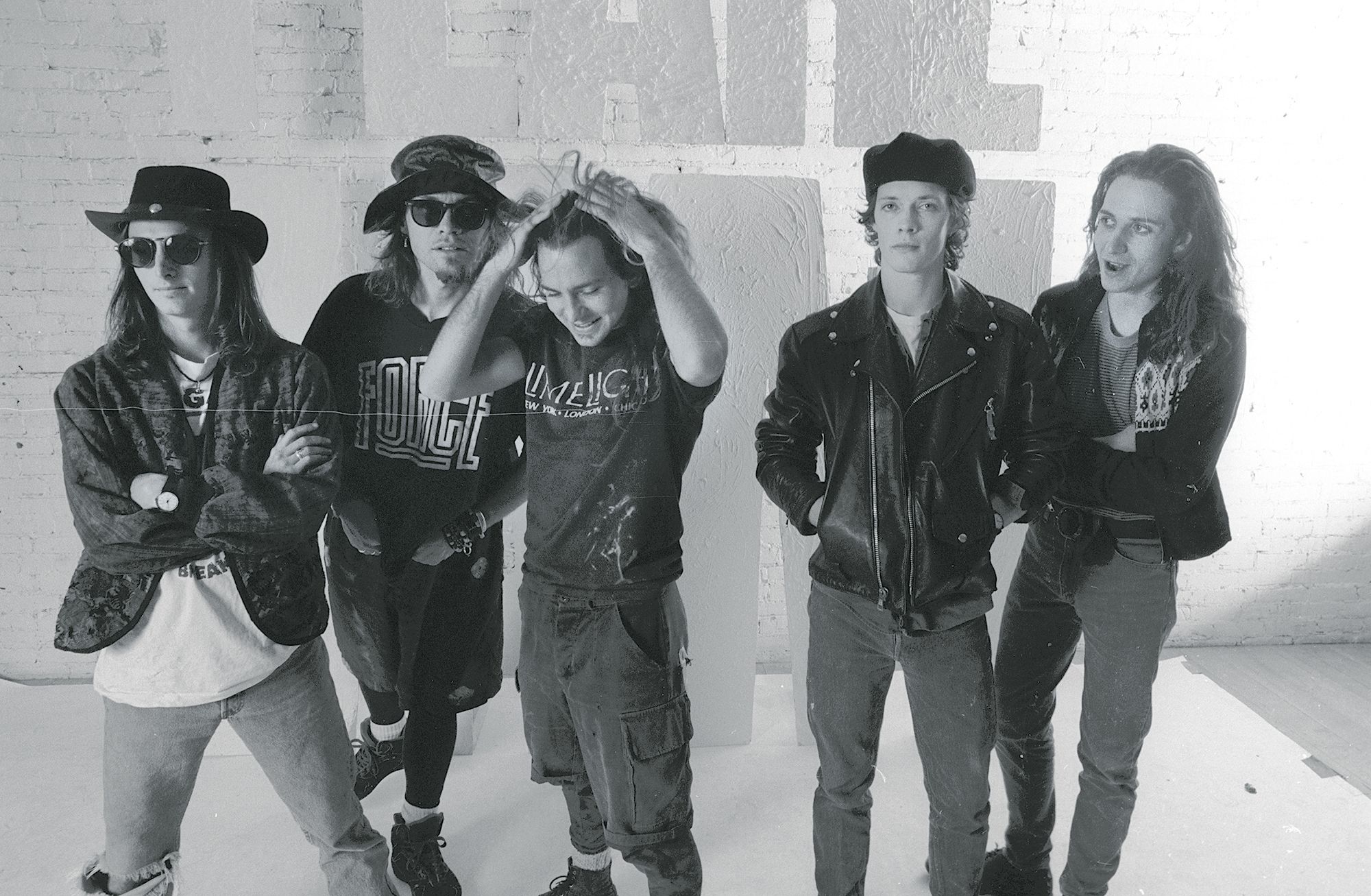
Photo- AI Generated
The Evolution of Hip-Hop in the 1990s
The 1990s was a transformative decade for hip-hop, marked by innovation and cultural influence
7 April 2024
From the East Coast-West Coast rivalry to the rise of alternative hip-hop, the '90s witnessed a dynamic evolution in hip-hop that expanded its reach and solidified its place in mainstream culture.
One of the defining features of hip-hop in the 1990s was the emergence of the East Coast-West Coast rivalry, which came to symbolize the competitive spirit and regional pride within the genre. On the East Coast, artists like The Notorious B.I.G., Nas, and Wu-Tang Clan dominated the scene with their gritty lyricism and raw storytelling, while on the West Coast, icons like Tupac Shakur, Dr. Dre, and Snoop Dogg brought a laid-back, funk-infused sound that captured the spirit of California street culture.
The rivalry between East Coast and West Coast artists reached its peak in the mid-1990s, culminating in the tragic deaths of Tupac Shakur in 1996 and The Notorious B.I.G. in 1997. These losses sent shockwaves through the hip-hop community and sparked a period of mourning and introspection, as artists and fans grappled with the unexpected violence.
Amidst the turmoil of the East Coast-West Coast feud, the 1990s also saw the rise of alternative hip-hop, which offered a more eclectic and experimental approach to the genre. Artists like A Tribe Called Quest, De La Soul, and OutKast pushed the boundaries of hip-hop.
Another significant development in hip-hop during the 1990s was the mainstream crossover success of the genre, as hip-hop began to infiltrate the mainstream music industry and dominate the airwaves. Albums like Dr. Dre's "The Chronic," Snoop Dogg's "Doggystyle," and The Notorious B.I.G.'s "Ready to Die" achieved commercial success and critical acclaim.
Moreover, the 1990s saw the emergence of influential subgenres within hip-hop, such as gangsta rap, conscious rap, and mafioso rap, each with its distinct style and thematic focus. Artists like Ice Cube, Public Enemy, and Jay-Z explored themes of social justice, political activism, and organized crime, adding depth and diversity to hip-hop. From the East Coast-West Coast rivalry to the rise of alternative hip-hop, the 1990s witnessed an evolution in the genre that laid the foundation for its continued growth and influence in the 21st century.






